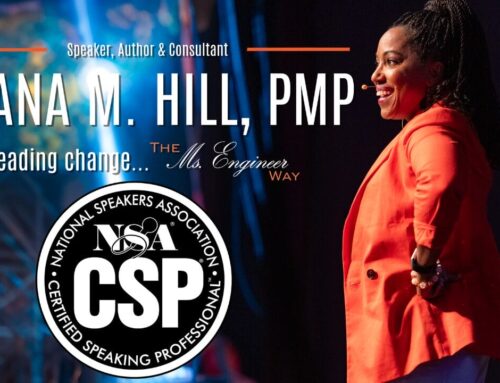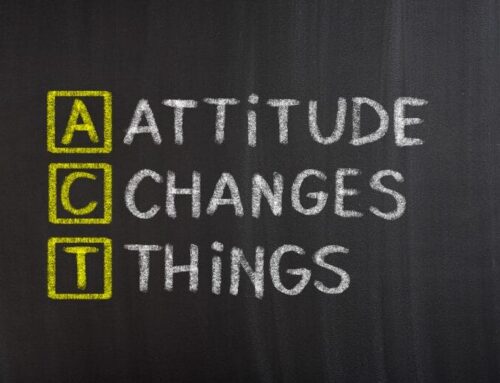Twenty years ago the conversation around DEI was about defining diversity. Trying to understand what that would look like for an organization. Then the conversation expanded to ask – what is diversity without inclusion?
That conversation slowly evolved into ‘selling’ the concept of diversity – aligning it to the bottom line and making it palatable to the boardroom. We developed the language to say why it mattered to business.
Now we have data that can speak to that – organizations that value diversity perform better than their counterparts. There is a financial and tangible benefit to their DEI efforts.
The conversation needs to evolve again
Last summer we saw a moral shift in what is acceptable. A shift in how people will allow themselves to be treated. We started to ask: who gets to decide? A recent one for me – who gets to decide what ‘professional’ looks like? (#thisiswhatprofessionallookslike)
We’ve established the business imperative for diversity and now we need to go beyond that and activate the moral imperative. The marketplace and the workplace are demanding something different. Our talented people deserve something different and they have made that known.
This moral imperative is what will continue to move us forward. However, that’s not possible without emotional intelligence, and in particular empathy. We are not going to see the sustained change that we want and need in our organizations and communities without emotional intelligence.
Dr Robert Livingston, an esteemed Lecturer in Public Policy at Harvard University’s John F. Kennedy School of Government, is the author of The Conversation and his lifework is showing people how to turn difficult conversations about race into productive instances of real change. I was lucky enough to hear Dr Livingston speak about the root causes of racism and entrenched bias and, as a student and practitioner of emotional intelligence, his assertion that ‘There’s no equity without empathy’ strongly resonated with me.
We must challenge our assumptions and be open to real perspectives and emotions if change is to happen. This is evolution – adaptation and change. If you are a leader you need to incorporate new core competencies including EQ.
Find the language of the moral imperative
To engage empathy you need to ask your people – how must this feel for YOU? And what can I do as a manager to ensure that YOU feel psychologically safe as a result of the emotions that you have expressed to me? That is just as much an imperative as it is to create safety policies. We have long protected our bodies at work but not our hearts, our heads, our psyches.
ESG (Environmental, Social and Governance) efforts don’t happen without DEI. This is the incredible incentive to help fortify the moral imperative. They work together – moral and business.
Top talent is drawn to organizations where there is belonging, diversity, inclusion, and the equitable distribution of power. If you want the right people to join, to stay and build your culture then you have to put out the right welcome mat.
The new generation of talent is here already and it is calling ‘time out’ on the conversations we have been having. It is asking hard questions and we have to answer with empathy.
Good intentions might have been enough 20 years ago but they are not enough now.






